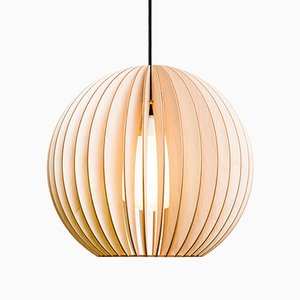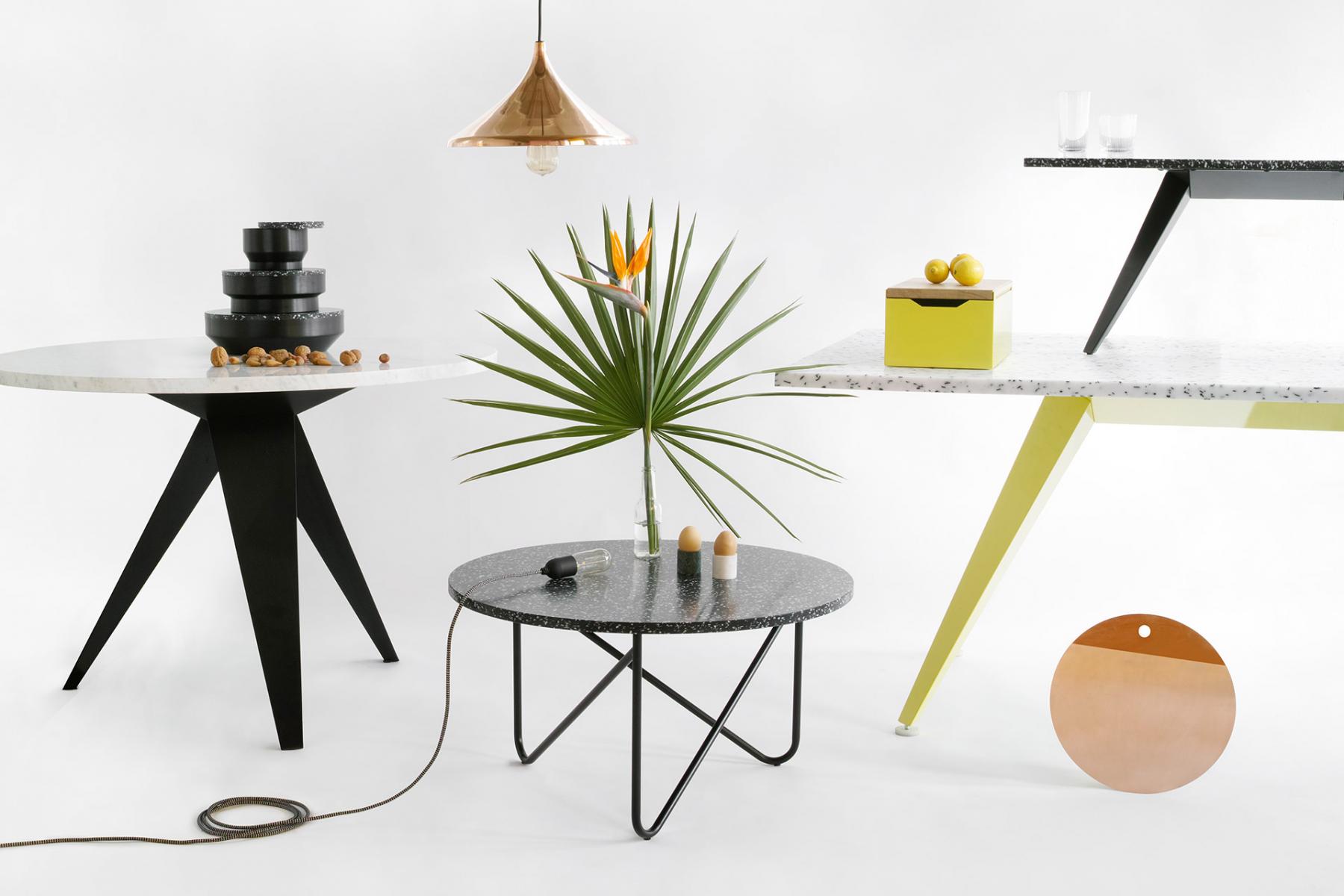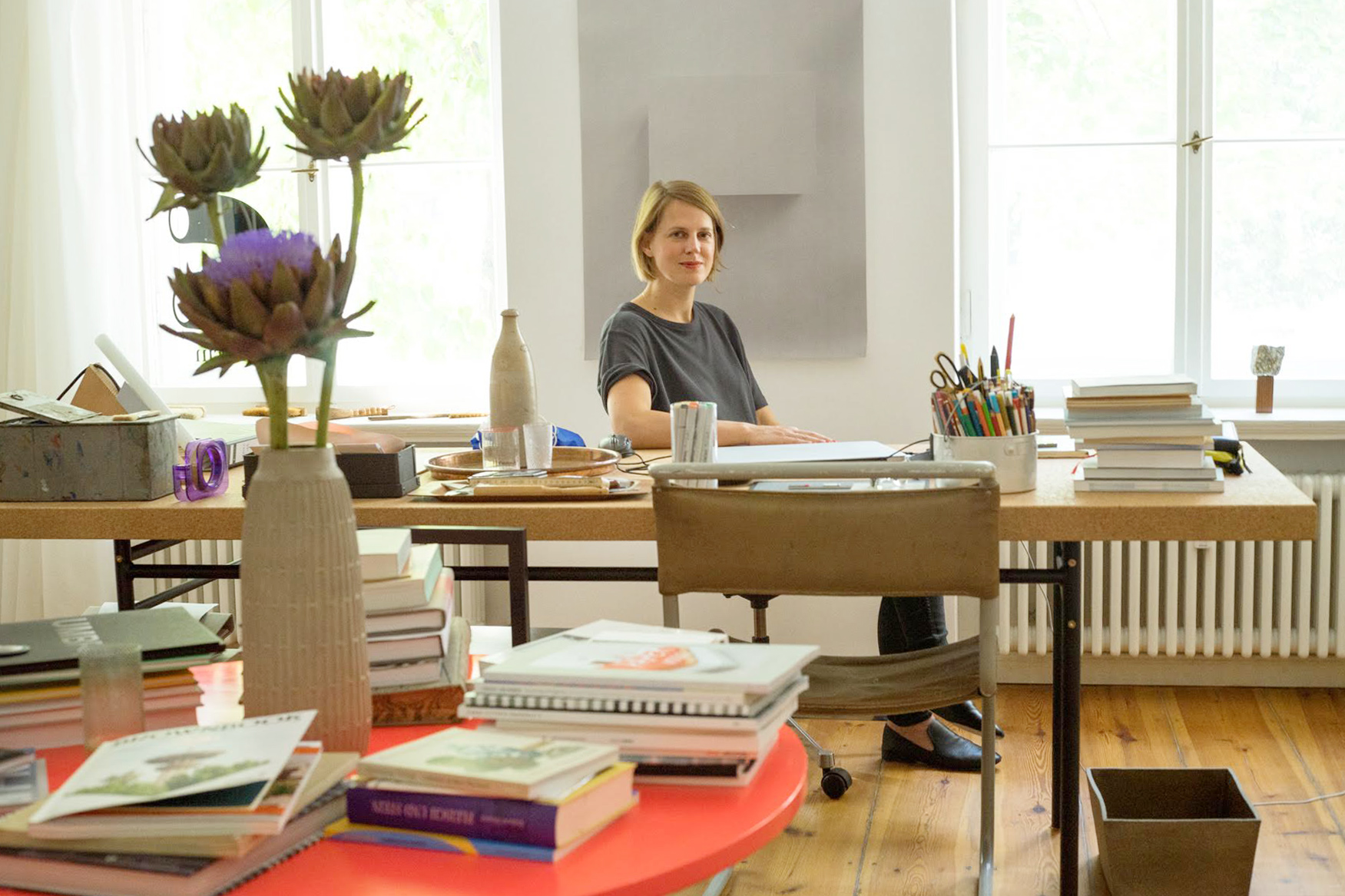The city’s new design guard discusses a shifting landscape
Das ist Berlin: Part 1
Pamono’s hometown of Berlin has of late found itself firmly in the global spotlight, from its energetic tech, art, and fashion scenes, to the multinational influx of both refugees and the well-heeled. Even from a newcomer's perspective—I just relocated from New York six months ago—Berlin seems to be experiencing an unprecedented riot of rapid changes. And where it’s all going is all the more unpredictable given the metropolis’s signature juxtapositions of the old and the new, the gritty and the beautiful, the wealthy and the poor. As a design lover, I can’t help but wonder: What does all this political, social, and creative fluidity mean for the city’s up-and-coming designers?
Over the past year, my colleagues and I have spoken with several Berlin-based designers in an attempt to better understand what life is like here for them today. What draws them here, what keeps them here, and what does the future look like for the design community in this global city?
The story of design in Berlin can’t be told without a nod to the pervasive influence of the Bauhaus, founded in Weimar in 1919 by the great Walter Gropius. The legendary art school’s curriculum in favor of “good design for all” through rational, functional, mass-produced everyday objects still holds sway with designers around the world—and perhaps nowhere more than in Germany—even as broader definitions of design have been chipping away at the limitations of modernism for decades now.
Since the early 2000s, a handful of designers—such as Jerszy Seymour, Eyal Burstein, and Werner Aisslinger—have made Berlin their base and helped pioneer more conceptual approaches to design, often to warm critical response. But as more and more creatives move in, a well-defined aesthetic and solid sense of community continues, so far, to elude Berlin’s designers.
There are many potential causes for this: Geographically, Berlin is quite spread out, and designers generally operate out of disparate locations with limited opportunities for exchange. In comparison to other major cultural hubs, Berlin offers relatively few institutions or major design-focused events to consistently draw the design community together. But relationships and interdependence, slowly but surely, are sprouting alongside the city’s shifting population and economy.
Asked to describe the evolution of the city’s design scene since 2000, Aisslinger tells us it’s all “more ‘connected’ than it used to be. With a rising start-up scene and creative agencies, Berlin's designers are more part of a global design world, rather than an isolated experimental island, a status Berlin had for many years. Feeling less economic pressure than in cities like Paris or London, while being able to set up a design practice in this creative biotope quite easily, combined with the growing business opportunities with creative industries, makes Berlin a very exciting place for designers right now.”
At a time when much of the world feels so unstable, one of the city’s greatest strengths seems to be its diversity—and its apparent willingness to support and embrace people from around the world. Looking around on any given day at the colleagues that fill Pamono’s Charlottenburg office, I’m often gratefully struck by our own little microcosm, featuring approximately 40 people from over a dozen countries. And this sentiment is shared by many of the designers with whom I spoke, too. Overwhelmingly, they were drawn by the capital city’s diversity, its high quality of life, its comparatively affordable, large spaces, and a potent cultural legacy that celebrates bold creative innovation.
The city’s design set, then, seems poised to launch a new chapter. Today’s crop of up-and-coming designers is straying farther from pure functionalism while holding fast to process-driven work. This new guard is well positioned to pick up the design mantel from its iconic predecessors—and to collectively forge a more defined German contemporary design language. As longtime Berlin-based designer Katrin Krupka notes, “Design is the shaping of principles and structures, content and contemporary forms. The aim of the Bauhaus was to set new standards with materials and technology. In the current ecologic, economic, and cultural crises, this is more relevant than ever before . . . Thus, for me, Berlin is an ideal place to contribute to this discourse.”
Read on to get to know some of the standout talents helping shape Berlin’s current design field—including MY KILOS, Krupka-Stieghan, Katrin Greiling, Elisa Strozyk, Anna Badur, and Philipp Käfer—and to find out what they have to say about this storied, shifting city in their own words.
Das ist Berlin: A conversation with designer Elisa Strozyk Read here.
Das ist Berlin: A visit with Krupka-Stieghan Read here.
Das ist Berlin: A visit with MY KILOS Read here.
Das ist Berlin: A visit with Katrin Greiling Read here.
-
Text by
-
Anna Carnick
Anna is Pamono’s Managing Editor. Her writing has appeared in several arts and culture publications, and she's edited over 20 books. Anna loves celebrating great artists, and seriously enjoys a good picnic.
-
-
Photos by
-
Ramtin Zanjani
Beyond his role as Pamono’s Head of Photography, Ramtin has honed his keen eye through years of product shoots, art direction, advertising, and documentary work. He doesn’t like to talk about it, but he has some searing photographs available at SaatchiArt.com.
-
-
Photos by
-
Marco Lehmbeck
Born and raised between forests and lakes near Berlin, Marco studied creative writing in Hildesheim and photography in Berlin. He’s also part of the organizational team behind Immergut indie music festival. He loves backpacking, Club-Mate, and avocados, and he always wears a hat.
-
More to Love
DREI Pendant Lamp by Katrin Greiling for Studio Greiling
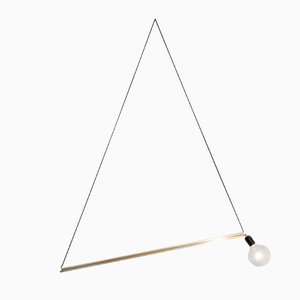
Whatever the Weather #01 Pillow by Anna Badur

Tide Mugs from the Blue Sunday Series by Anna Badur, Set of 4
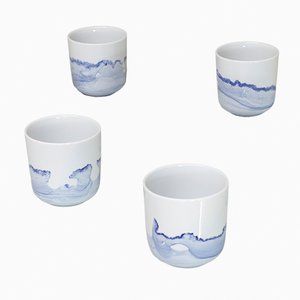
Blue Sunday / Pool / Plate by Anna Badur, Set of 4
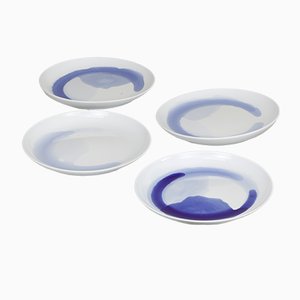
Drop Plate from the Blue Sunday Series by Anna Badur, Set of 4

No Cardboard in Metallic Pink by Philipp Käfer

No Cardboard in Metallic Blue by Philipp Käfer

No Cardboard in Brushed Aluminium by Philipp Käfer
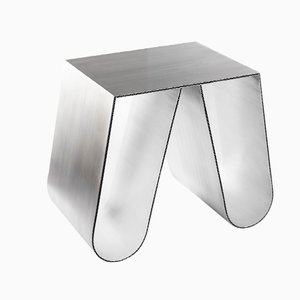
Glück Side Table by Andreas Berlin
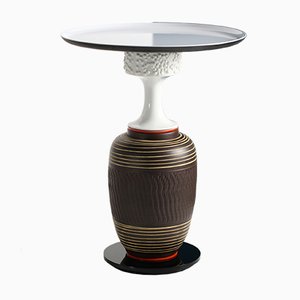
Somebody Got Lucky Shelf by Andreas Berlin

Swim Shelf by Andreas Berlin
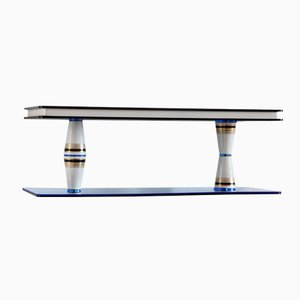
AION Birch Pendant Light by Paul Girardet for Iumi
